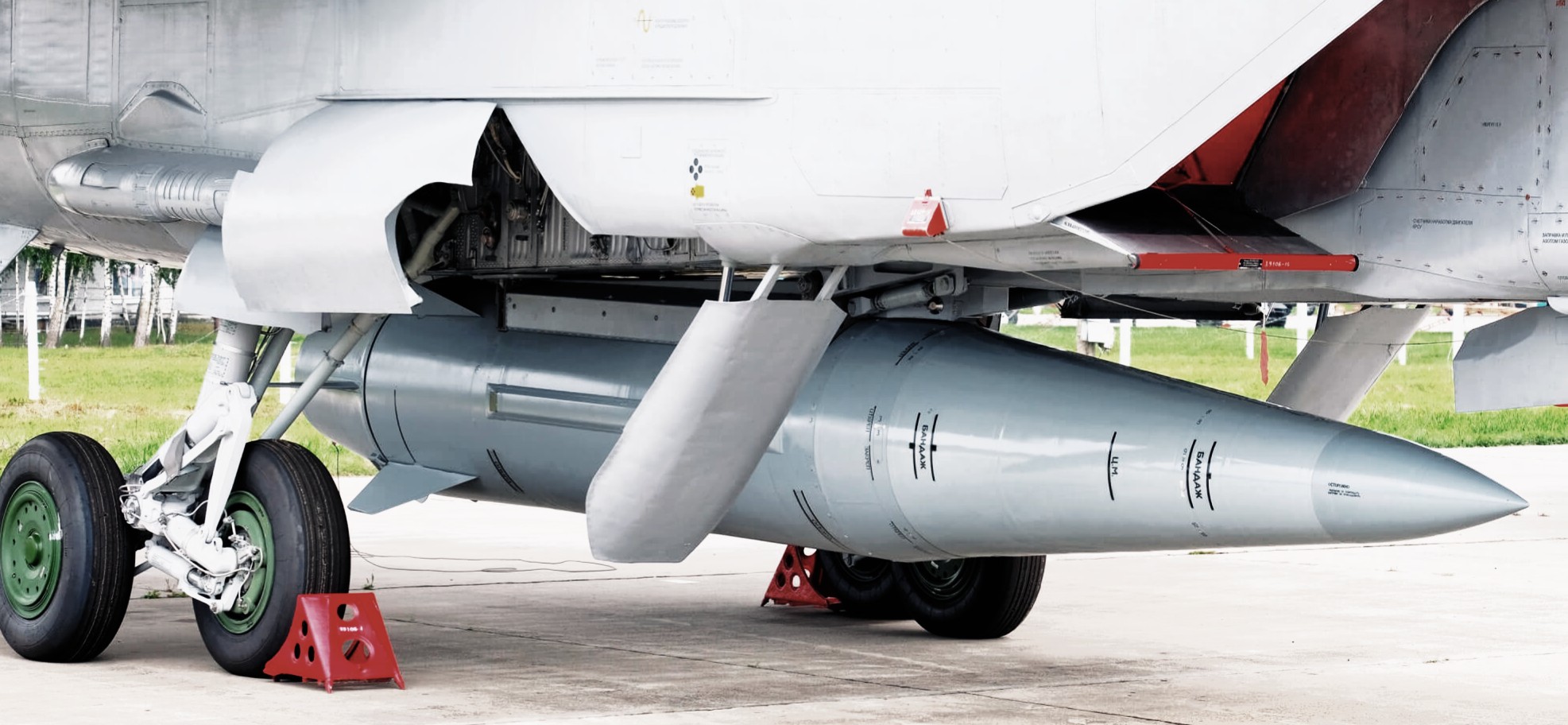Russia Upgrades “Iskander” and “Kinzhal” Missiles to Make Them More “Deadlier”
The Russian military's efforts to upgrade both missile systems, "Iskander" and "Kinzhal," will result in increased firing ranges compared to their current capabilities, enhanced agility (high maneuverability), and the provision of more powerful explosive payloads.


(DEFENCE SECURITY ASIA) — The Russian Ministry of Defense is planning to upgrade its tactical “Iskander” missiles and air-launched “Kinzhal” hypersonic missiles to make them more “dangerous” for its adversaries.
The enhancements for both missile systems will include extended range, increased agility with high maneuverability, and more potent explosive power.
These weapons have played a crucial role in Russia’s military operations in Ukraine, with Moscow deploying them to strike key Ukrainian military targets.
Alongside the KH-101 cruise missiles, “Kalibr” missiles, and “Geran-2” (Shahed-136) kamikaze drones, Russia has utilized the “Iskander” and “Kinzhal” missiles in its long-range attacks against Ukraine.
During a recent visit to the Mechanical Engineering Design Bureau in Kolomna, Russian Defense Minister Sergey Shoigu discussed efforts to further enhance the capabilities of Russian missiles, especially the “Iskander” and “Kinzhal.”

Russian arms experts indicate that the upgrades will improve the missiles’ flight capabilities to evade tracking and interception by air defense systems.
Additionally, the Russian military is looking to expand the range of fighter or bomber aircraft capable of launching these missiles.
Currently, the hypersonic “Kinzhal” missile can only be launched by the “K” and “I” variants of the MiG-31 interceptor.
However, the Russian Air Force has recently begun using the Su-34 fighter jet to launch the “Kinzhal” hypersonic missile, although it is reportedly less effective due to the fighter’s lower speed compared to the MiG-31, which can reach speeds of up to Mach 3.
The tactical “Iskander” missile, also known by NATO as the SS-26 “Stone,” entered service with the Russian military in 2006.

Capable of carrying up to 400kg of conventional or nuclear explosives, the “Iskander” missile can hit targets from 280km to approximately 700km away, depending on the variant.
Variants of the tactical “Iskander” missile have been exported to several countries, including Belarus, Armenia, North Korea, China, Algeria, and South Korea, which has developed its version called “Hyunmoo.”
The hypersonic “Kinzhal” missile was developed from the “Iskander” tactical ground missile to allow for air-launch capabilities.
Featuring a low radar signature and high maneuverability, the hypersonic missile is designed to strike land and sea targets with a 500kg explosive payload over a distance of 480km.
The “Kinzhal” missile is capable of gliding at speeds 10 times the speed of sound.

Although operational since 2017, the hypersonic missile was first used in combat to destroy a Ukrainian ammunition depot on March 18, 2023.
Shortly thereafter, the “Kinzhal” emerged as the first hypersonic missile used in combat globally. — DSA
(MORE NEWS ARTICLE ABOUT “KINZHAL” HYPERSONIC MISSILE)


Comments are closed.